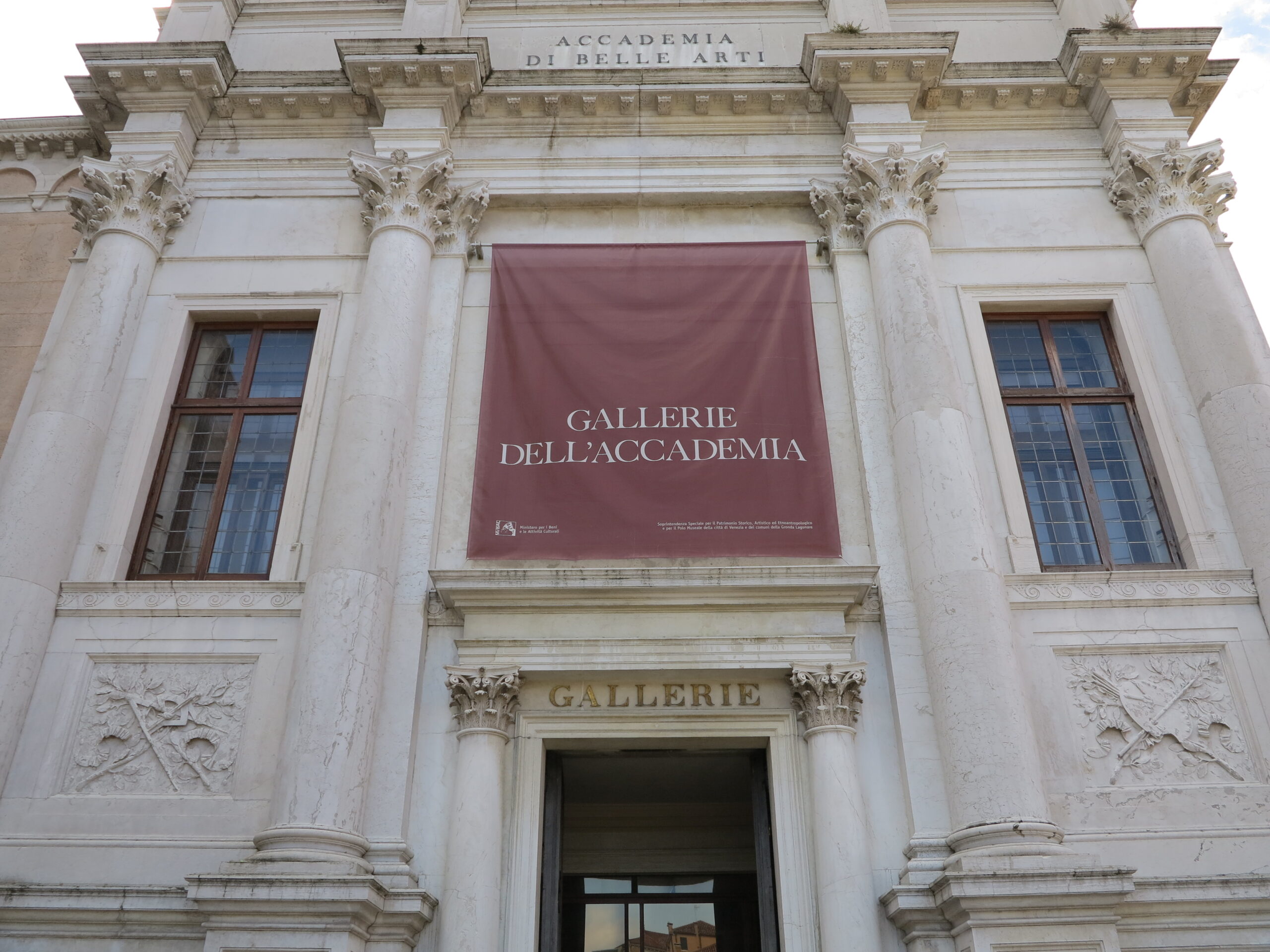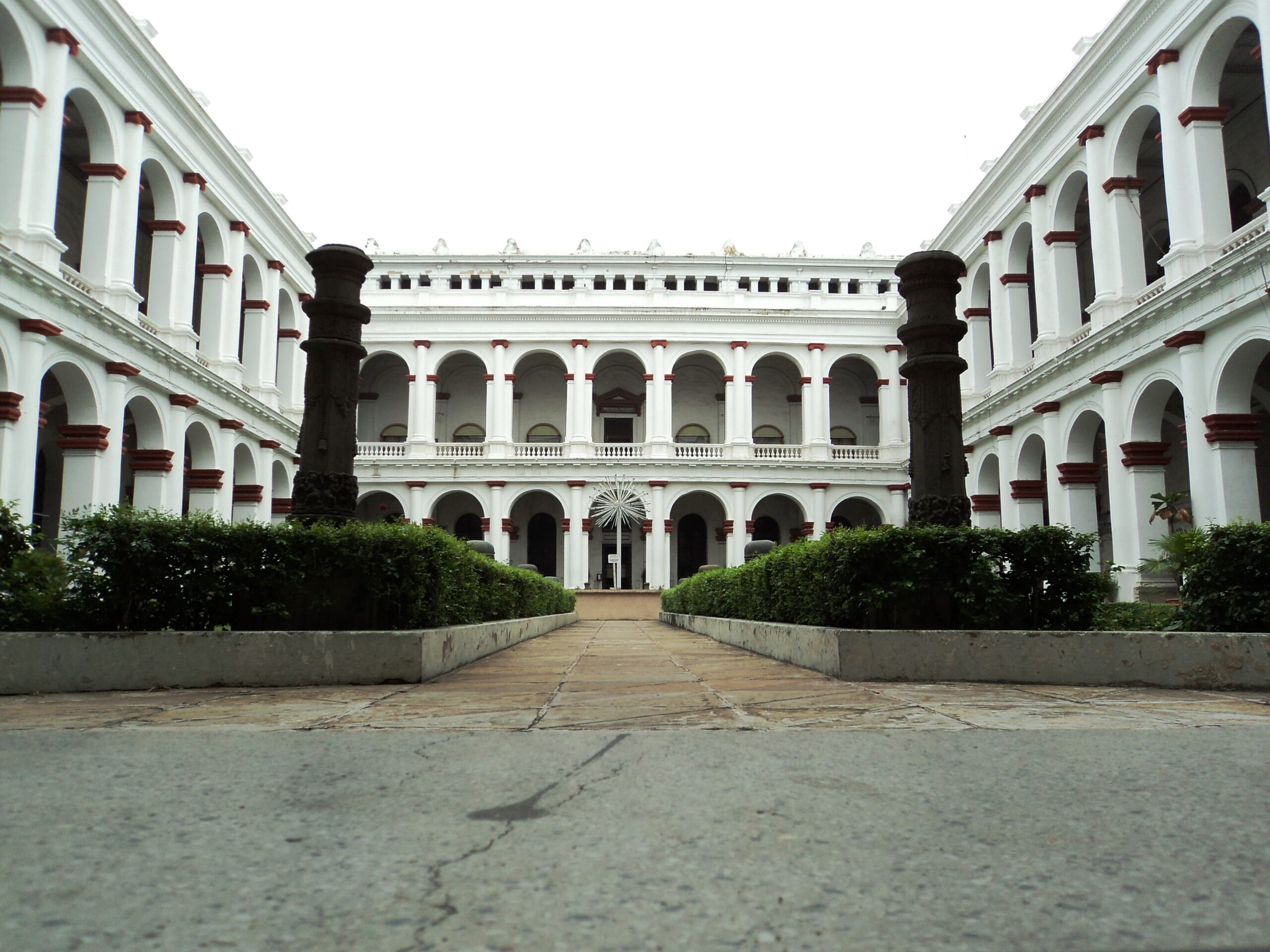The Intersection of Augmented Reality and Art: Legal Implications for Intellectual Property Protection
Editor’s Note: This article is part of a collaboration between the Harvard Art Law Organization and the Harvard International Law Journal.
*Monday Chinaecherem & **Danladi Christopher
INTRODUCTION
Recently, the Art Gallery of Ontario showcased the ReBlink exhibit, where digital artist Alex Mayhew transformed classic artworks into interactive experiences through augmented reality (AR). Visitors could use their smartphones to see historical figures from paintings come to life, engaging in modern-day activities and interacting with their surroundings. This innovative approach not only captivated audiences but also prompted discussions about the evolving nature of art in the digital age. As AR gains traction in the art world, it simultaneously exposes the limitations of traditional intellectual property (IP) laws, which were designed for static and tangible works. The integration of digital content into physical spaces raises critical questions about ownership rights, consumer confusion, and the enforcement of trademark protections. For instance, when multiple artists collaborate on a virtual installation viewed through AR, who holds the rights to the resulting creation? Furthermore, as brands leverage AR to project their trademarks onto real-world objects, issues of unauthorized use and potential misrepresentation come to the fore.
This article will examine the integration of AR into the art world, the unique features that distinguish it from other digital technologies, and how existing IP laws apply—or fail to apply—to this emerging art form. The next section will explore the existing IP frameworks and analyze their applicability to AR-based artworks.
EXISTING IP FRAMEWORKS AND THEIR APPLICABILITY TO AR-BASED ARTWORKS IN THE UK AND US
United States
In the US, copyright laws under the Copyright Act of 1976 protect “original works of authorship, (§ 102)” including digital creations. For AR art, the digital elements may qualify for protection if they meet originality and fixation requirements. In Stern Electronics Inc. v. Kaufman 669 F.2d 852 (2d Cir. 1982), the court addressed the copyrightability of video games. The court ruled that video games qualify for copyright protection as audiovisual works, emphasizing that the combination of visual elements, sound, and interactivity can meet the originality requirement. Similarly, the court in Atari Games Corp. v. Oman 979 F. 2d. 242 (D.C. Cir. 1992) held that the visual displays of video games, even those with simple geometric shapes, can be protected under copyright law if they exhibit sufficient creativity. However, the interactive nature of AR—where audiences can manipulate or contribute to the artwork—complicates the determination of authorship. Unlike traditional static art, AR art is dynamic and can change based on user interaction. This raises questions about whether users who alter the artwork have any claim to authorship, or if the original creator retains full control.
Since the U.S. Copyright Act does not clearly address this issue, it remains unclear how to assign authorship when users play an active role in shaping artwork’s content. As AR art continues to evolve, the law must adapt to these new challenges, and legal scholars are exploring ways to better define the scope of copyright protection for interactive works.
While copyright protects the creative aspects of AR, patents cover the technological innovations that make these experiences possible. The U.S. Patent Act establishes robust protections for technological innovations, making it a cornerstone of IP law in the country. Patents can be granted for inventions that meet three key criteria: they must be novel (§ 102), non-obvious (§103), and useful (§101). This framework has been instrumental in protecting AR hardware and software innovations, such as AR headsets, motion sensors, and immersive technology platforms. However, patents rarely extend to the creative expressions or artistic content embedded within AR experiences. This limitation arises because patents are designed to protect human inventions and processes, not creative works which are typically covered by copyright law or AR innovations.
The case of Alice Corp. v. CLS Bank International 573 U.S. 208 (2014) is particularly relevant. The Supreme Court established a two-step test for determining patent eligibility, focusing on whether the invention is directed to an abstract idea and whether it includes an inventive concept sufficient to transform the abstract idea into a patent-eligible application. This decision has impacted software patents, including AR-related technologies, by making it harder to patent abstract ideas like algorithms without demonstrating their practical application.
Building on the foundational protections offered by copyright and patent laws, trademarks introduce another layer of complexity in the AR space. Whilst copyright safeguards creative expressions and patents secure technological innovations, trademarks focus on maintaining the integrity of brand identities.
In the United States, trademarks are governed by the Lanham Act (Trademark Act of 1946), which protects brand identifiers such as logos, names, and service marks from misuse that could confuse consumers or harm a brand’s reputation. However, applying these protections in AR environments presents distinct challenges. A notable challenge involves the unauthorized projection of trademarks into virtual spaces. For example, in the case of In re Diesel Power Gear, LLCNo. 1:2019cv09308 – Document 122 (S.D.N.Y. 2023), the misuse of trademarks in digital advertisements was scrutinized. Extending this to AR, an app could project the logo of a high-end fashion brand onto generic clothing in a virtual try-on experience. This misrepresentation could dilute the brand’s value, causing consumer confusion and devaluing the trademark’s exclusivity.
United Kingdom
The UK’s copyright framework is governed by the Copyright, Designs and Patents Act 1988. Like the US, it protects “original works”, including digital creations (section 1&3). For AR artworks, protection is afforded if they exhibit originality and are fixed in a tangible medium. However, the interactive nature of AR raises questions about authorship. The Nova Productions Ltd v Mazooma Games Ltd [2007] EWCA Civ 219 case supports the copyright ability of foundational elements in interactive works, but does not necessarily extend protection to all aspects of user interaction, such as transient or real-time outputs in AR applications.
Patents in the UK are regulated by the Patents Act 1977 aligned with the European Patent Convention (EPC). Innovations in AR hardware and software may be patentable if they meet the criteria of novelty(Section 2(1)), inventive step(Section 1(1)(b)), and industrial applicability(Section 1(1)(c)). For instance, AR technologies such as holographic devices or motion-capture systems could qualify for patents. However, like in the US, patents in the UK do not extend to creative expressions or artistic content created by Augmented Reality as seen in Thaler v. Comptroller-General of Patents, Designs and Trade Marks [2023] UKSC 2021-0201 where the UK Supreme Court ruled that an artificial intelligence system cannot be named as an inventor under UK patent law, reaffirming that patents must be attributed to a natural person.
Trademark protection in the UK is governed by the Trade Marks Act 1994. Trademarks protect brand identifiers such as designs, letters, numerals, colours, sounds or the shape of goods or their packaging (Section 1(1)). In the context of AR, challenges include unauthorized use of trademarks in virtual spaces, leading to potential consumer confusion and/or brand dilution. A hypothetical example is an AR app projecting a well-known car brand’s logo onto a generic vehicle, creating a false association.
Comparatively, the frameworks of the two jurisdictions provide robust protections for traditional innovations but differ in application even though it can be implied that AR works may qualify if they meet certain requirements. The UK’s CDPA emphasizes originality but offers similar protections to the US Copyright Act for dynamic works. Patent frameworks in both jurisdictions align on criteria for protection, but the UK’s approach is closely tied to European standards, which may influence cross-border patent disputes. Trademark laws in both countries address unauthorized use but face challenges in AR environments where virtual misrepresentation is easier. Overall, while the legal foundations are similar, differences in interpretation and enforcement highlight the importance of tailoring strategies to each jurisdiction.
LEGAL ISSUES AND THE PRACTICAL WAY FORWARD
From the foregoing, it is evident that the integration of augmented reality into the art world has not only prompted a host of legal issues but has also occasioned critical ethical dilemmas that require consideration. One of the prime legal concerns is the applicability of existing intellectual property laws to AR art, which often blurs the lines between traditional copyright, trademark, and patent protections. Traditional IP laws were essentially designed for static and tangible works, making them ill-equipped to handle the dynamic and interactive nature of AR art. This precipitates the issue of real authorship in collaborative projects: if multiple artist contribute in an AR piece, who is said to own the rights to the final work? Also, as brands utilize AR to project their trademark in real world settings, questions of unauthorized use and potential misrepresentation become more prominent, leading to dispute over ownership and rights that current laws may not clearly resolve. Ethically, AR art upsurges significant challenges related to cultural appropriation and the representation of marginalized communities. As artists create immersive experiences that draw from various cultural backgrounds, there is a risk of exploiting these cultures without proper acknowledgement or respect. This can perpetuate stereotypes and lessen the authenticity of cultural expressions. The interactive nature of AR allows users to manipulate artworks, which consequently complicates ethical considerations about consent and integrity of the original work.
Although addressing these issues maybe a daunting task, it is well within our capabilities. Finding effective solutions will necessitate deliberate and collective efforts from all parties involved. First, there is a pressing need for legislative reform that modernizes IP laws to better accommodate the unique characteristics of AR and art. Policy-makers should ruminate on creating specific frameworks that define authorship, ownership, and rights in collaborative digital environments. This could be done by establishing guidelines on how contributions are recognized and rights allocated among participants in AR projects.
Strategic collaboration with international organizations focused on IP rights like the WIPO- can establish global standards for AR art that transcend national boundaries. This will help in enhancing cross-border enforcement issues and ensure that creators’ rights are protected regardless of jurisdiction.
Additionally, scholastic initiatives, workshops, and forums can facilitate discussions on cultural sensitivity, and foster intelligent dialogue among artists, legal experts, and cultural representatives, with the aim of promoting awareness of IP rights and ethical considerations in AR art. Relevant stakeholders can further create a more informed community where artists are equipped with knowledge about their rights and responsibilities, and educate audiences on how to judiciously engage with AR art.
CONCLUSION
The digital age has occasioned an intense change to how visual and performing artworks are created and displayed for viable purposes. While this shift poses substantial challenges to copyright concepts, new technologies have also opened an avenue for creative expression and expanded audience engagement. However, since existing laws often struggle to keep pace with digital advancements, updating and harmonizing IP regulations would balance and protect artists’ rights along with the benefits of an open internet and enhance a vibrant creative ecosystem while sustaining the cultural interest of society.
[hr gap=”1″]
* Monday Chinaecherem, University of Nigeria
** Danladi Christopher, University of Nigeria








